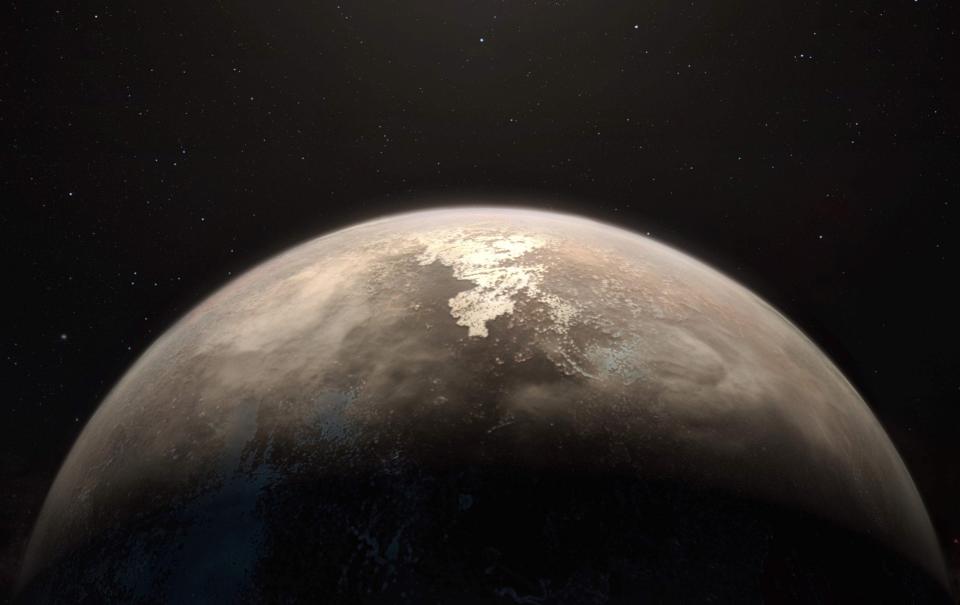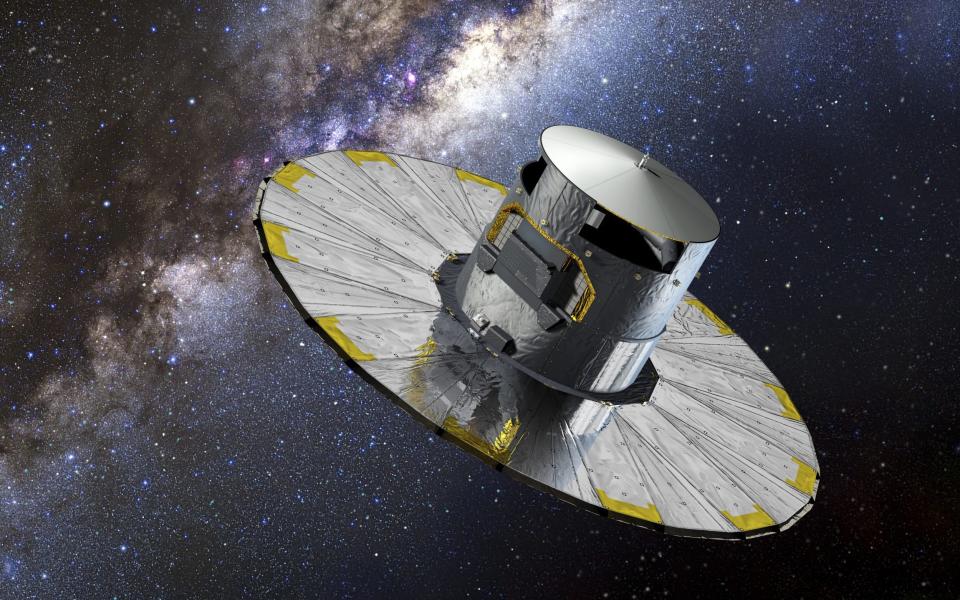Aliens could be listening to us from 29 ‘potentially habitable’ planets

Once upon a time in a galaxy far, far away, an alien race may have been watching and listening to humans on Earth, a new study has claimed.
The findings state there are 29 planets which are “potentially habitable”, and therefore may harbour life, and that are close enough to our planet to have received human radio waves.
The results do not prove aliens are spying on humans, or indeed that aliens exist at all, but researchers sought to find out if it was possible we were being watched by beings on another planet.
Astronomers from Cornell University in the United States set out a simple criteria to do this. Firstly, the distant planets must be deemed “potentially habitable”. Secondly, they must be within range.
The first aspect saw academics trawl through the potentially habitable planet database created by Gaia, the two-telescope mission run by the European Space Agency.
Researchers looked for planets which had been observed passing in front of their star, and then assumed about a quarter of these are rocky worlds. It is believed it is essential for a planet to be rocky in order for life to exist, and a gaseous planet could not sustain life.

Proximity to Earth
Next, the results were narrowed down in order to determine how close the planets are to Earth and if this is near enough to detect human activity.
Humans have existed for more than 300,000 years, but we only formed large, complex civilisations about 5,000 years ago, just before the Mesopotamian and Egyptian civilisations came into existence.
As a result, alien astronomers would need to be within 5,000 light years of us in order to have a realistic chance of seeing human activity en masse because light from Earth, which travels at the speed of light, needs to reach them.
Therefore, someone who is 5,000 light years away would see Earth as it was in 3,000 BC. A stargazer 1,000 light years away from us would see it as it was during the Battle of Hastings.
The researchers found 1,715 stars within this range, but say the radius will continue to grow, and in another 5,000 years it will also include a further 319 stars.
A prime candidate of a potentially habitable planet which is close enough to Earth to have seen humans at work is called Ross-128b, which orbits the star Ross-128.
The researchers say this planet would have been able to see Earth against a backdrop of the Sun between 3,057 and 900 years ago.
“We assume that any nominal civilisation on an exoplanet would have astronomical instrumentation comparable to what we have now,” the authors wrote in their study, published on Wednesday in the journal Nature.
Of the 1,715 stars within the 5,000-year range, only 75 were found to be within 100 light years of our world.
This makes these planets close enough to pick up radio waves from Earth. Radio waves were first produced in the 1880s and they were commonplace after the First World War.
These waves also travel at the speed of light, and therefore a planet 55 light years away would hear the famous line “They think it’s all over, it is now!” as England beat West Germany in the 1966 World Cup final.
Of the 75 stars in this 100-year range, only seven are known to have rocky planets orbiting them. In these seven star systems, there are a total of 29 planets which could host life.
It is expected that a further 42 exoplanets will be in range within the next 5,000 years, the researchers added.
